Should our film releases centre around Eid?
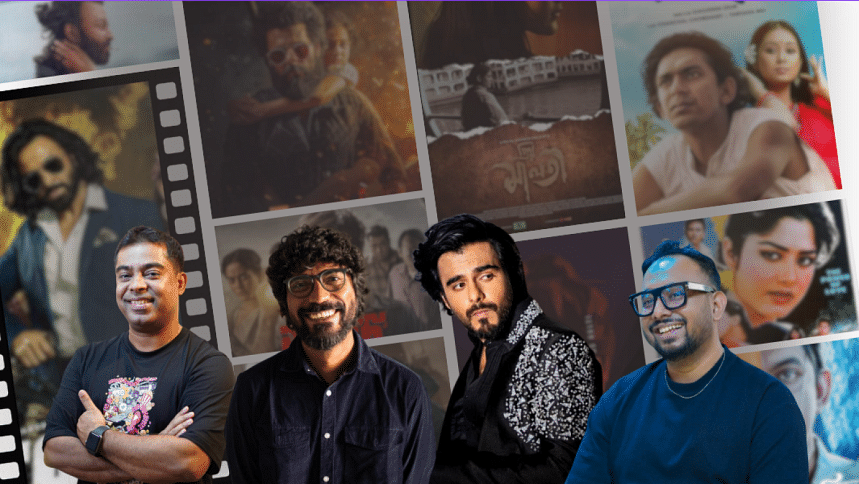
It was during the school-free weekends when my maternal cousins and I would huddle in front of our grandparents' grey old box TV after a hearty, yet customary lunch arrangement at their place. We would take up the gap on the floor between their king-sized bed and the unforgettable TV set to watch the black and white Satyajit Ray films, and even the vibrant late 20th-century Bangladeshi cinema, previously defined by over-the-top performances. The adults would lounge about on the bed, imbuing us with not only the significance of family viewing content but also a perception of what we understood as "our cinematic language."
Filmmakers like Zahir Raihan and Alamgir Kabir, alongside performances by memorable faces like Abdur Razzak, were key to recognising what can be safely termed as the beginning of the Bangladeshi cinematic voice. As per my mother, she used to dash to the theatres during the 1900s because of movies by Raihan, Dilip Biswas, and Ehtesham, among others. Amid the transitional years between the late 1900s and early 2000s, dramatic acting, vibrant hues, and still grainy filming camera reigned supreme with films like "Mayer Doa", "Keyamot Theke Keyamot", "Molla Barir Bou", and others. It wasn't until the release of "Monpura" and "Daruchini Dwip" that acting in our cinema found a new ground of subtleness, added with crisp filming techniques. The latter two films also brought in viewership from all corners of our society, according to word-of-mouth promotional dispersion and news reports.
The birth of Star Cineplex in 2004 at the Bashundhara City Mall in Dhaka had the single most hand in creating and drawing in moviegoers from every social class in the country. Mesbah Uddin Ahmed, manager, Media & Marketing Department of Star Cineplex, told The Daily Star, "We solely operate to provide the utmost care to our audience, and we always have. This is also why today we can affirm that moviegoers feel safe when at any of our branches." The difference between Cineplex then and now begins with it taking the helm as the fastest and only growing multiplex, with the cost of watching films increasing in line with the cost of living. "We are always committed to supporting the industry and delivering global productions to viewers. Our goal is to build 100 halls nationwide by reaching every corner of the country in the coming years," stated Mesbah Uddin Ahmed in opening up about their priority. When inquired about their future plans, he said, "We unveiled our latest branch in Uttara last Eid-ul-Fitr and hopefully we will be able to open two more branches within the ongoing year, one in Bogura and another in Narayanganj."
In the context of comparing the facilities provided by Cineplex to that of other international multiplexes, he did not hold back, "It is our earnest request to our producers and filmmakers to provide us with more content because if we get a consistent flow of them then we will be able to reach an international standard of service provision. We can get there, but there is no denying that we do not have access to an even flow of content. Our Eid holiday seasons further prove that we have the audience to run good films for weeks, we simply don't receive good content throughout the year."
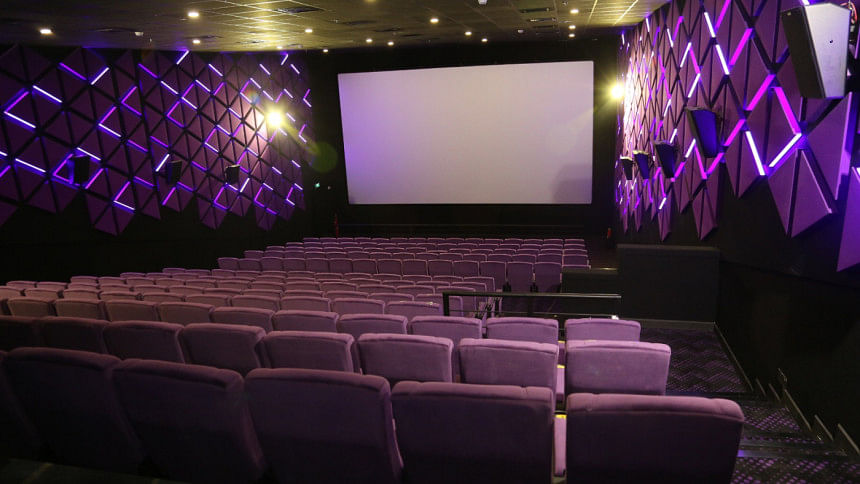
Bangladeshi cinema began earning immensely in the 2010s, albeit over limited periods. Films like "Aynabaji", "No Dorai", "Doob - No Bed of Roses", and "Debi" became the talk of the town, encouraging viewers to take to the halls. However, beginning with "Priyotoma" in 2023, a steady momentum of Eid film sales began to flow in only during the two holidays. When you glance at the stream of films released during the Eid holidays over the past few years, as opposed to the rest of a given fiscal year, it provides a stark observation: practically everyone wants to invest in Eid films during the holiday season. The comparative discrepancy in our local films infrequently getting released throughout a given year keeps the industry from gaining profits at a successful momentum.
A chat over the phone with some of the active stakeholders in our industry revealed much about their deliberations alongside the prevailing optimistic projections.
Popular actor Siam Ahmed asserted, "Almost everyone wants to release their films during Eid because they are most likely to earn a fruitful return on their investment during the holidays. Moreover, when we gather to create a project, we mainly target to better execute what we have on script for the audience, so we always hope to make the most of our film. In the long run, the industry requires new ideas, coordination, and communication so that our creative artistes can collectively decide to release films after periods of determined intervals. That is when we can get to a new point of release structure, and it's not impossible to get there."
Emerging filmmaker Shankha Dasgupta suggested, "Realistically speaking, the ongoing hype of running even eight to nine films between the two Eids is not enough for the growth of the industry. We must collectively take risks and release films outside Eid holidays. 'Priyo Maloti', for example, was released in December, keeping winter vacations in mind. Secondly, multiplexes should be constructed conveniently so people can walk to them, encouraging moviegoing culture. These two measures could help our film culture expand considerably," suggested.
Chorki CEO and producer Redoan Rony voiced, "Truthfully audience's excitement toward Eid releases motivates producers to decide on these holidays. However, to see the industry prosper, we need to keep the theatres active year-round and create at least five major release windows. Our investment depends on a project's scale—big-budget films get extra attention. As producers, we want to support diverse films like 'Surongo', 'Toofan', 'Daagi', and 'Priyo Maloti', whether large-scale or story-driven. We look forward to projects that can inspire the market, connect with audiences, entertain, and leave a lasting impact."
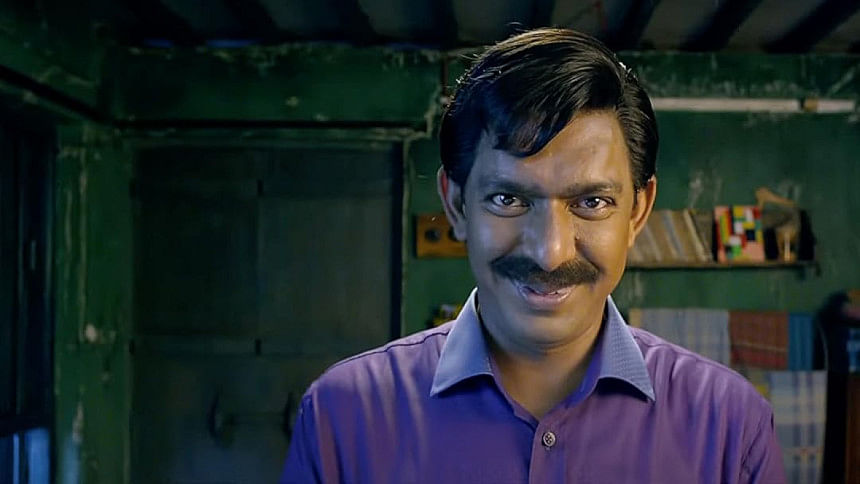
Director Raihan Rafi provided his input and stated, "As a director, I want to tell stories that stay with people—films that both general and critical audiences can connect with, and 'Surongo' and 'Toofan' reached viewers across all classes. Having said that, I believe our industry began attracting wide-reaching moviegoers only a few years ago, and the change began with 'Poran'. Now that viewership is returning with our Eid releases, it's not a bad start. We must keep the momentum going with year-round releases and continued audience support. I think the industry will gradually move towards a more normally spaced out release of films."
Bangladesh Film Exhibitors' Association general secretary Awlad Hossain Ujjal said, "We want to see our theatres running throughout the year and are doing everything possible on our end to get there. If we release 30 films a year, then we could keep many local theatres from remaining closed for two consecutive months, for instance. We simply need more storytellers and producers to rectify the issue of having less theatrical content."
True to Raihan Rafi's words, the persistent movie-going culture in Bangladesh only surged during the late 2010s. I still vaguely recall going to the movies to watch "Aynabaji" in 2016 with my cousins visiting from the US, because they wanted to immerse themselves in the then-trending nationwide cultural activities. Later, we left the hall pleasantly surprised and hopeful for more such impressive Bangladeshi films. Fast forward to now, the industry and its people have been providing the country with a soaring supply of Eid releases, memorably beginning with "Priyotoma". There were noteworthy hits that arrived unexpectedly, like "Hawa" and "Priyo Maloti", but the general outlook of our film releases remains so visibly sparse that the timelines of our box office hits can easily be jotted down.
At present, our films are being called out for what they appear to be — heavily inspired by South Indian flicks, glorifying violence alongside latent misogyny regarded as the norm. Films like "Toofan", "Borbaad", and even "Dard", to name a few, earned crores and brazenly depict personalities and scenarios deviating from all that is authentic to Bangladesh. The contemporaneous Bangladeshi representation may be finding new forms of depictive direction in the OTT space, but it is still being disregarded in the cinematic sphere. Larger than life films are prone to be aspirations for many, audiences and filmmakers alike, and as such, it comes as no surprise that our filmmakers are also interested in dipping their toes in that water and profiting. Ultimately, it can be gauged that the creators with the means of crafting elaborate films are delivering the current language of our cinema alongside the audience, as they compositely decode the joys of filmmaking.
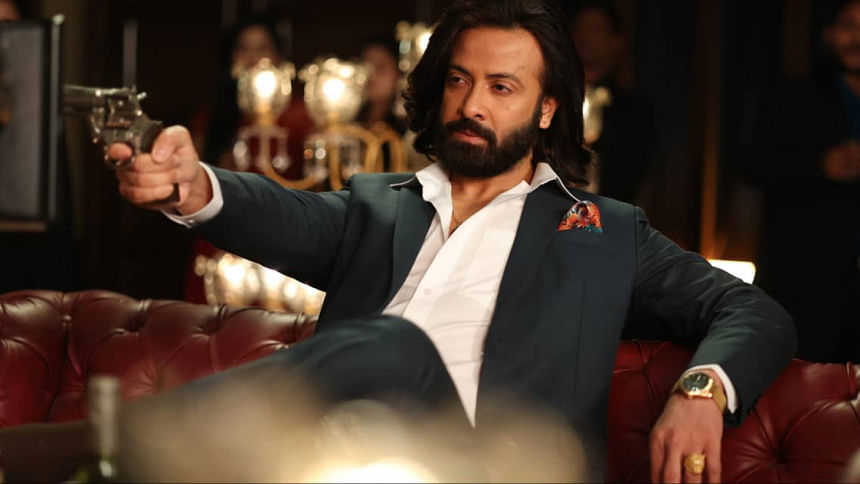
The previously mentioned industry professionals once again offered their two cents on the present-day state of the Bangladeshi cinematic narrative and its future.
Siam Ahmed indicated, "Trends naturally attract followers, and the same happens in film—when a new wave emerges, many jump on the bandwagon. So this isn't unique to us; global audiences are embracing certain trends too. If filmmakers see strong audience interest, they'll naturally want to explore it. As for our cinematic voice, I'd say some of them are being decided by the directors, while some are being decided by the audience."
Mukhtar Ibn Rafique, co-producer of "Jongli", suggested, "In the subcontinent, it's easy for one country to be influenced by the events or creative tendencies of another. When films like 'Animal' made waves, we followed suit. With 'Jongli', our initial promotions focused on violence because that is what is trending, even though the trailer demonstrated deeper layers. That approach, however, isn't sustainable. This Eid-ul-Azha, most upcoming films seem rooted in violent action. I hope next year brings more genre diversity. Our senior creators must step up if we want change. Bangladeshi films should feel distinctly ours, not echoes of our neighbours. For long-term survival, we must find our voice and tell stories that reflect who we are."
Redoan Rony expressed, "The global appeal of violent or, more particularly, action films is undeniable, but producing them endlessly isn't healthy for the industry. An excess of something is never good. Every major industry has a clear cinematic identity—Indian, Korean, etc. In contrast, our films often borrow from others. Nevertheless, a distinct Bangladeshi language is slowly emerging, especially when our films are screened at international festivals. However, that language hasn't yet translated into commercial success, creating a gap between our creative voice and the box office."
"Our young filmmakers are helping bridge that gap. Nuhash Humayun, Syed Ahmed Shawki, and Abdullah Mohammad Saad, among others, are crafting strong, original visions. Their stories are king for them, and collectively, their work reflects a uniquely Bangladeshi tone. To truly develop our cinematic language, mainstream creators must focus on authentic characters and rooted stories, like in South Indian films, where characters reflect their culture. If our commercial players stop mimicking others and start telling local stories with sincerity, audiences will discover a fresh, relatable perspective—one that finally feels like their own," he added.
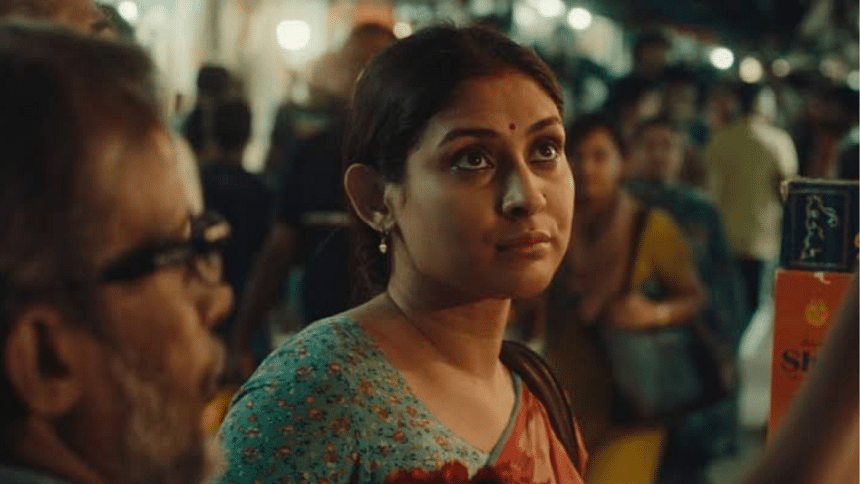
Raihan Rafi revealed, "The violence and action-based genres are common across global cinema—be it 'James Bond', 'John Wick', or Korean films. Our industry reflects that, too, but eventually, it's the audience that decides what they want to watch. The stories of my films are important to me, and I accordingly assign them genres that they require. As a filmmaker, I've sought to deliver consistently, releasing a film every year since 'Poran', something many directors refrain from doing. This consistency is vital for a thriving industry. Earlier, a hit came once every few years; now, regular releases and growing box office success—from 'Priyotoma' to 'Borbaad'—prove audiences are eager to return to theatres, reinforcing all of us with encouragement."
Shankha Dasgupta stated, "Every film is made with a goal—some aim for box office success, others seek global recognition through festivals, while some thrive on OTT or foreign platforms. It's okay to draw inspiration from other industries, but like Malayalam cinema, we need to root our stories in authentic characters and culture to shape a distinct cinematic identity."
"The state must expand opportunities for us to make more films. Government grants have improved, but producers and OTT platforms should also support stories grounded in reality. This will help us define our cinematic voice. An ideal industry creates all kinds of stories without limits, with flexible ways to reach audiences. If the government continues to foster ties with global filmmakers and festivals, we can grow our global reach," he further volunteered.
Having heard from our professional stakeholders themselves, it can therefore be claimed that the future of our industry is well in the works beneath the thundering, blazing, slashing, and often romantic state of our cinema. While the audience reacts to the emergence of the dominant genres of storytelling, existing and forthcoming creators have already begun carving out a lucrative map for our cinema, one that is hopefully steeped in genuine and diverse narratives.

 For all latest news, follow The Daily Star's Google News channel.
For all latest news, follow The Daily Star's Google News channel. 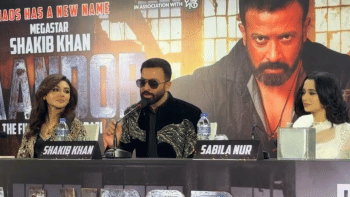




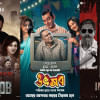
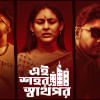



Comments